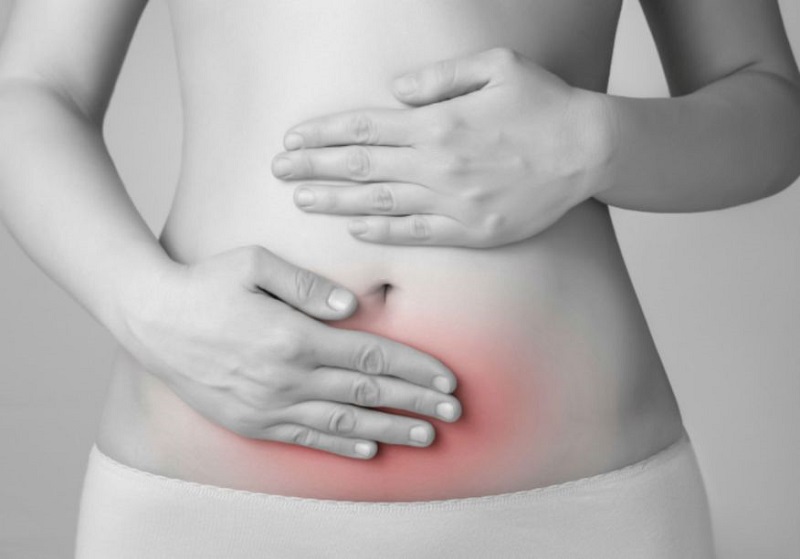
19 Apr Fibroids
FAQ
What is a fibroid?
Fibroid is a firm, compact tumour made of smooth muscle cells and connective tissue that develops in the womb. Fibroids are the most common benign tumours of the female reproductive system.
How common are fibroids?
It is estimated that between 20-50% of women of reproductive age have fibroids. Some estimates result to 30-77% of women will develop fibroids sometime during their child bearing years, although only one-third of those are large enough to be detected.
Are fibroids related to uterine cancer?
No. In 99% of cases fibroids are benign. They are not associated with cancer and do not increase the risk for uterine cancer. On very rare occasions, a fibroid, which has increased a lot in size, may be a sarcoma, which is an aggressive but extremely rare type of uterine cancer.
Who is at risk of a fibroid tumour?
Fibroid may develop in a woman with no risk factors at all. Women who are obese and of African heritage seem to be at high risk. When approaching menopause women are at greatest risk of fibroids, because of their long exposure to high levels of oestrogen.
What symptoms can fibroids cause?
Fibroids may be asymptomatic and found on clinical examination or ultrasound scan coincidentally. Symptoms depend on their position and size. If fibroids protrude inside the lining of the womb, they can cause heavy periods or abnormal bleeding between the periods. If they increase in size they can also cause pelvic pain. Depending on their position can cause frequent urination, low back pain or pain in intercourse. Fibroids that protrude inside the lining of the womb, block the tubes or increase a lot in size can also cause subfertility. They have also been related to miscarriages and preterm deliveries or Caesarean section.
How do we treat fibroids?
Fibroids can be treated with:
• Symptom relief measures like anti-inflammatory drugs;
• Conservative measures, like GNRH analogue injections which lower oestrogen levels, trigger an artificial menopause and shrink fibroids. GNRH agonists can sometimes be used before surgery to make it easier;
• Surgical removal called myomectomies. Most of the myomectomies can be done laparoscopically or hysteroscopically depending on the position. This way, recovery is much quicker. Rarely when a fibroid is too big we need to proceed with a big abdominal incision;
• If fertility is not an issue then hysterectomy (subtotal or total) can be the final solution;
• Anti-hormonal agents or uterine artery embolization are alternative ways of treatment depending on the case;
Can all fibroids be removed laparoscopically?
Laparoscopy offers lots of advantages in comparison to open surgery. Our opinion is that If a surgery can be done laparoscopically, there is no point in doing an open incision. Hospital stay is only one day, whereas with a big incision it is 3 days. Recovery is much quicker. Incisions are really small, offering a much better aesthetic result, less blood loss, as well as minimum post operation pain and adhesion formation.
Laparoscopic myomectomies are technically difficult operations, which may take longer.
The surgeon’s experience plays an important role in the duration of the surgery, as laparoscopic suturing is required, which has a steep learning curve. In our experience there is no big difference between the duration of a laparoscopy and an open surgery.
Fibroids up to 10 cm can be easily removed with laparoscopies. Even bigger fibroids can be removed laparoscopically with the correct technique. Abdominal incision is needed only if there are huge fibroids or many deep, medium-size intramuscular fibroids in women who seek fertility.
Fibroids up to 10 cm can be easily removed with laparoscopies. Even bigger fibroids can be removed laparoscopically with the correct technique. Abdominal incision is needed only if there are huge fibroids or many deep, medium-size intramuscular fibroids in women who seek fertility.
If you want an opinion on the best way of removing your fibroids and the techniques we use, book an online consultation with us. The right choice of treatment is crucial.
Fibroids and Fertility
Fibroids that are placed inside the lining of the womb need to be hysteroscopically removed, irrespective of their size in women who are planning for a pregnancy. It is clear that they can cause subfertility, miscarriages and premature labour. These fibroids need to be removed either to enhance natural fertility or before an IVF treatment.
The same applies for fibroids that partially protrude inside the lining of the womb. There is lots of conflicting research regarding the need – for fertility reasons – of removing fibroids, which are not breaching the lining of the womb.
Our opinion is that intramuscular fibroids of more than 5 cm can affect chances of success of IVF, by affecting uterine contractility and need to preferably be removed before IVF treatment. If you are worried that fibroids affect your fertility and have questions regarding their removal, contact us to book a Skype consultation.


No Comments